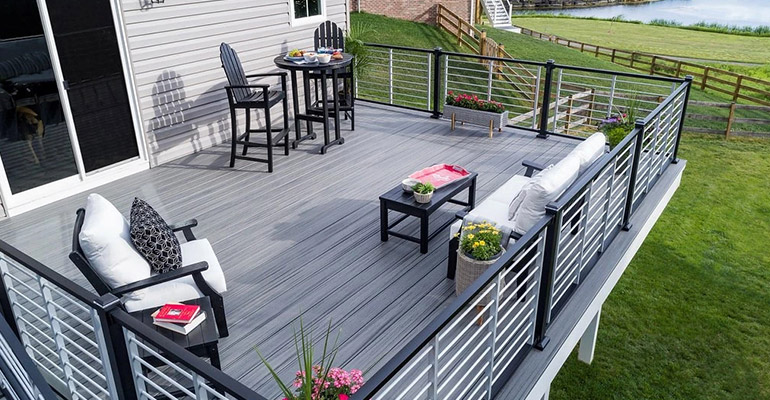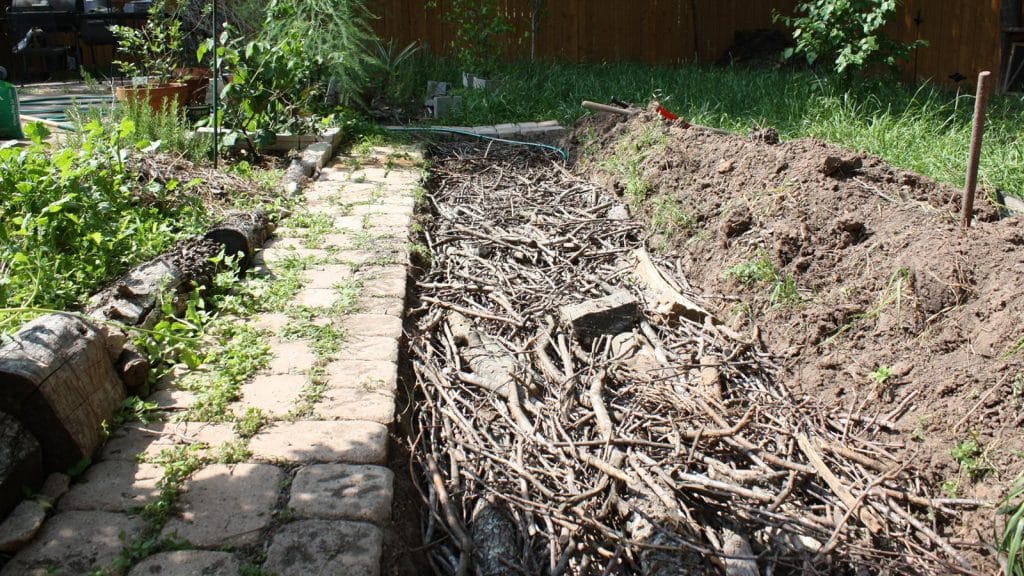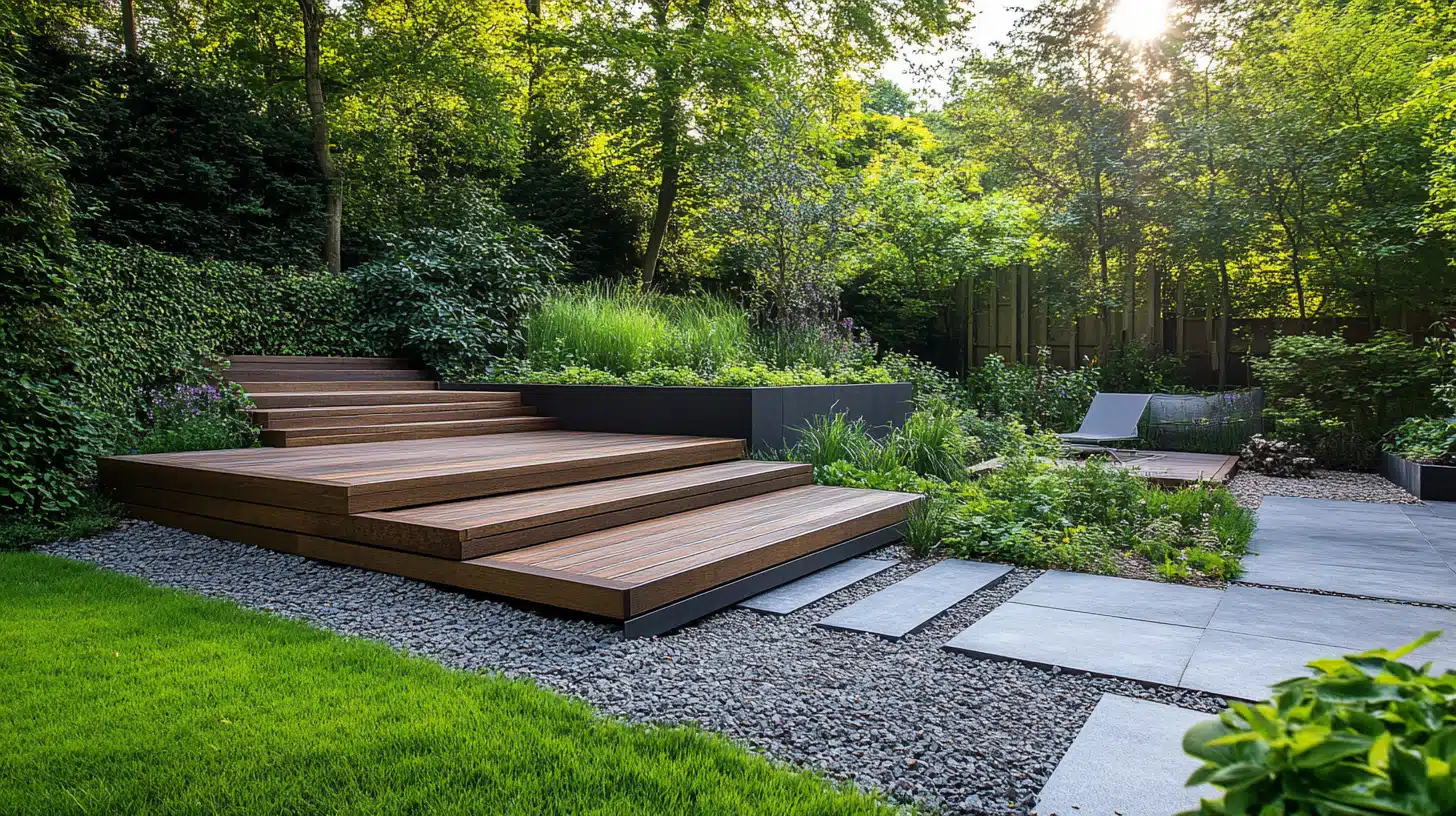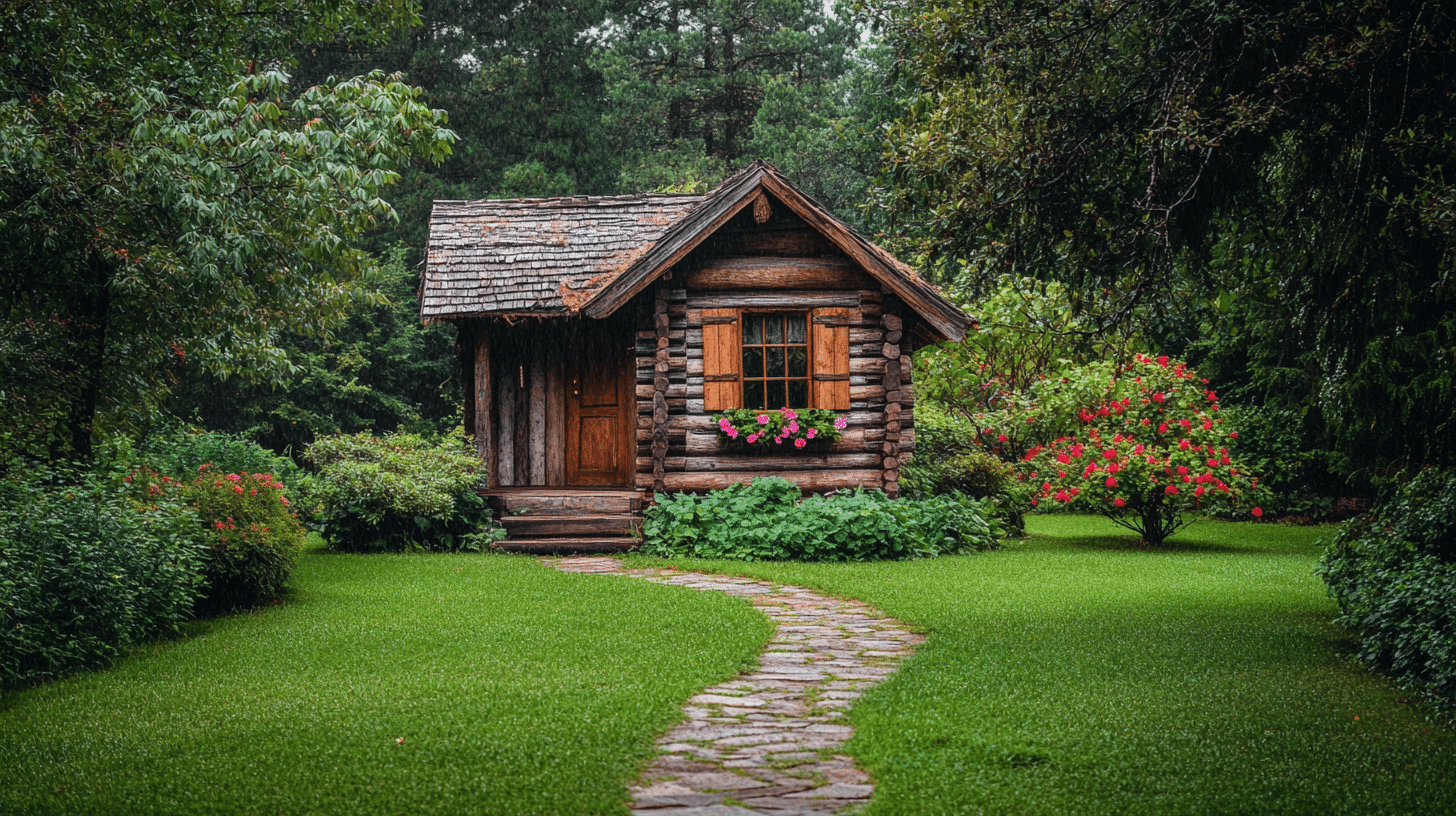Elevated vs Ground-Level Decking: Choosing the Right Placement for Your Garden
Decking can be a fantastic addition to any garden, offering a stylish and functional space for relaxation, dining, and entertaining. However, choosing the right type of decking—elevated or ground-level—can make a significant difference in how well it complements your garden. Let’s explore the pros and cons of each option to help you decide which is best for your outdoor space.
Understanding Elevated Decking

Elevated decking is built above ground level, often supported by posts or piers. This type of decking is ideal for creating stunning views and a sense of separation from the garden below.
Advantages: Elevated decking offers several benefits. It provides a better vantage point for enjoying garden views, which can be especially appealing if your garden is on a slope or has interesting scenery. It also enhances privacy, as it elevates you above the ground level, keeping prying eyes at bay. Additionally, elevated decking can help deal with uneven terrain, allowing you to create a flat, usable surface where the ground isn’t perfectly level. Click on the link to view your options.
Considerations: However, elevated decking does come with some considerations. The cost is typically higher due to the need for additional structural support and possibly more complex construction. Maintenance can also be more challenging, as cleaning and upkeep require access to the underside of the decking. Additionally, you’ll need to include steps or a ramp for access, which adds to the complexity and cost of the project.
Understanding Ground-Level Decking
Ground-level decking sits directly on or close to the ground, often requiring minimal structural support. This option is a popular choice for many gardens due to its straightforward installation and accessibility.
Advantages: One of the main benefits of ground-level decking is its ease of access. It’s perfect for those who want a seamless transition between their indoor and outdoor spaces.
Ground-level decking is generally less expensive to build compared to elevated decking, as it involves simpler construction and fewer materials. It also tends to be easier to maintain, with no need to access underneath the decking for cleaning or repairs.
Considerations: On the flip side, ground-level decking can have some limitations. It might not offer the same views or level of privacy as elevated decking. Additionally, it’s more susceptible to issues with drainage and pests, as it is closer to the ground. Ensuring proper drainage and pest control is essential to keep your decking in good condition.
Choosing the Right Option Based on Garden Layout

The layout of your garden plays a crucial role in determining whether elevated or ground-level decking is more suitable.
Factors to Consider: Start by assessing your garden’s size, slope, and existing features. If your garden is on a steep slope or has uneven terrain, elevated decking can help create a level area for use. On the other hand, if your garden is relatively flat and you prefer easy access, ground-level decking might be the better choice.
Examples: For instance, if you have a garden with a beautiful view or an interesting landscape, elevated decking can help you make the most of these features. Conversely, if you’re working with a smaller garden or one with limited views, ground-level decking can provide a more accessible and straightforward solution.
Why Composite Decking is More Durable Than Timber Decking
Have you always thought that timber was the best material to use for an outdoor decking area? Generally, this is what homeowners think. But, people that have had this decking before will tell you that it wasn’t the best decision they ever made. Timber is cheap for a reason, and this can impact what you build later on.
Instead, composite is a better material to use for an outdoor decking area. In particular, it’s more durable, which can benefit you greatly. Let’s take a look at what you need to know.
Timber Breaks Down

First, think about wood and using it outside. It’s going to break down over time because of the temperature changes and the rain. Indeed, wood rots over time, which will weaken your decking and it can become hazardous. What’s more, it’s not going to look good.
Then, you can compare this to composite decking. Due to its makeup, it’s designed to be strong and durable. It doesn’t degrade in the same way, often being UV-resistant and waterproof. So, what you get is a long-lasting decking space that you can use all year round.
Enjoy Minimal Maintenance
Since composite decking is more durable than timber, know that you can also enjoy minimal maintenance. This means spending more time outside enjoying your decking than having to clean and maintain it all the time. For example, timber has to be sanded and treated annually.
You might even have to stain or paint it consistently to protect it from the elements. However, you don’t have to do any of this with composite decking. All it needs is a quick clean when it’s dirty, and it’s durable enough to deal with the British weather, which we all know can be unpredictable.
A Better Investment
Generally, it’s agreed that composite decking is a better investment than timber. Since it’s more durable, it’s going to last longer. It’ll look great for many years with little maintenance, and it won’t get damaged in the same way. So, what you get is a renovation that adds value to your property.
Conclusion
Choosing between elevated and ground-level decking depends on various factors, including your garden’s layout, aesthetic preferences, and practical needs. By weighing the advantages and considerations of each option, you can make an informed decision that enhances your outdoor space and fits your lifestyle.







